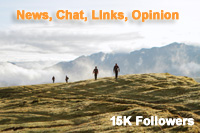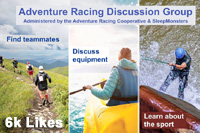What is Adventure Racing? – F.A.Q. Answers to Common Questions About Adventure Racing
Rob Howard / 31.07.2020
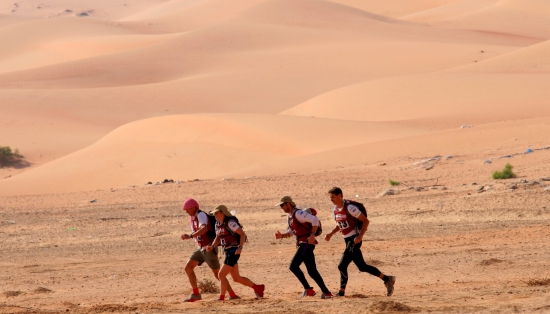
Adventure Racing is an outdoor endurance sport for teams including a combination of mountain biking, trail running/trekking, paddle sports (kayak/canoe/raft), and map and compass navigation.
- A ‘sprint’ adventure race is from 2-5 hours and a long (expedition) race anything from 3 to 10 days (non-stop). There are many other options in between those two extremes.
- Team numbers can vary. Expedition races have teams of 4, but shorter races often have classes for pairs/threes.
- An expedition race would include all of the main disciplines while a sprint race might have only three. Additional sports and challenges can be included (usually in longer races).
(This is the second in our Introduction to Adventure Racing Series.)
Does an Adventure Race always include navigation?
Yes in principal, and the majority of the time it does, but you will find events called ‘adventure races’ with no navigation involved.
Adventure Racing began with epic races in remote places where teams navigated across unknown terrain. Expedition races follow in this tradition and at this level navigation is always an essential skill in completing the course. The same is true of the majority of shorter races, as navigation is a key part of the sport and encourages competitors to understand the landscape around them and work out their own strategy. (You may have to navigate on foot, on a bike, in a kayak and in a long race at night.)
But some shorter events calling themselves ‘adventure races’ do not include navigation, and with good reason – they get many more entries if the course is marked.
Like it or not navigation is a barrier to entry for AR and the sport needs accessible races to attract competitors, who might then go on to form teams or try more challenging races where navigation is required.
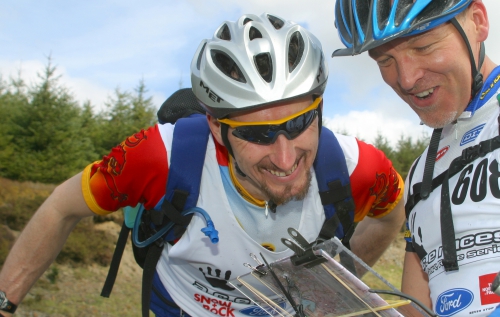
This video of the Quest Adventure Race Achill in Ireland is an example of a race with no navigation - https://www.youtube.com/watch?v=xLElJYKkq_g. You’ll notice the competitors also use road bikes and are competing individually and also that there is a big turnout (more than most true adventure races). The Quest race series is very successful and courses usually include a short (1km) paddle on a sit-on-top kayak.
So, while our one sentence definition includes navigation, the explanation (3) leaves a bit of wiggle room. (We’ve also said ‘map and compass navigation’ to exclude digital maps/GPS devices.)
It’s worth mentioning too that navigational courses require new terrain, so true adventure races either use a new course or move to a new location with each event. It’s a sport for those who like to get out and explore.
Are ‘Multisport’ and Adventure Racing the same thing?
Kiwis would say Adventure Racing includes navigation (always), and marked courses are ‘Multisport’ events, so the two are quite different. Those terms are well recognised in New Zealand where the Kathmandu Coast to Coast is styled the ‘Multisport World Champs’ and GODZone is the premier adventure race.
But it’s not a distinction used elsewhere in the world. In Sweden ‘multisport’ refers to ALL types of adventure races (so the opposite of New Zealand), and if you look up ‘multisport events’ on Google it refers to any event including many different sports (i.e. the Olympics). So we’ve avoided using that term as it gets confusing.
In practice some ‘adventure races’ without navigation (like the Quest example above) will call themselves ‘multisport’ events and often these are open to individual racers rather than teams.
How come there is no fixed team size in Adventure Racing?
This really sets Adventure Racing apart as it’s hard to think of another sport where team size varies!
In the early days teams were in remote and isolated places and having 4 or more team members was for safety. (If you have a casualty with a team of 4, one can stay with the injured competitor and two can go for help – no one is left alone.) Expedition races and the Adventure Racing World Series have now settled on a team of 4 as standard.
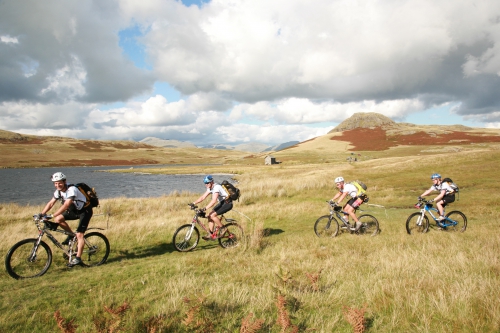
But it’s not necessary to have a large team for security in countryside locations used by smaller events, and it can be hard for those trying Adventure Racing for the first time to find 3 others to race with.
Again, smaller races need to make it as easy as possible to compete, and so allow pairs or teams of 3. Often there are different categories/courses for different team sizes within the same event.
Don’t teams have to be mixed sex?
In expedition races this is the case for teams who want to be ranked and this emphasis on mixed sex teams is another unique feature of Adventure Racing. (I can’t think of another sport that requires mixed sex teams.) Team make up and dynamics have been an important part of the sport since it began and remain so for expedition races.
But same sex teams can still take part in expedition races if they want (unranked or in a separate category), and in shorter races there are often different categories for mixed and same sex teams, so they can race the same course but don’t compete directly. (Again, to make it easier to form teams.)
Is Adventure Racing an off-road sport?
We’ve called it an outdoor sport and avoided the off-road tag. (We’ve also specified mountain biking rather than just cycling.) This covers most adventure races and gives a good idea what the sport is about.
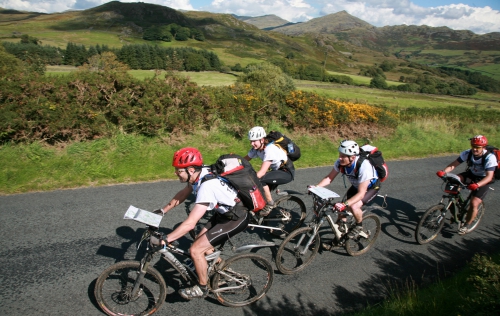
But there are cycling stages in many races that use country roads extensively, and some countries include inline skating as an Adventure Racing discipline (which not all would agree with). There have been urban adventure races too.
How long are adventure races?
We’ve said anything from 2 hours up to 10 days ... which probably bears some explanation.
Once again Adventure Racing is different! Almost all other races are on a set distance – it’s a 26.2 mile marathon not a 2-6 hour race.
The reason Adventure Racing uses time is because in a navigational race there is no fixed course or distance; you choose your route between the checkpoints. (Fixed course races can obviously specify a distance.)
In fact Adventure Racing often uses estimates of both time and distance to specify a course length and a time range it’s expected to take. So a typical expedition race might be "3-5 days on a 450km course".
But there are some races which are based on time only. In these you have a set time (i.e. 3 hours) to find as many checkpoints as you can, collecting points for each, and return to base. (These are called Score events.)
These are popular for beginner races as competitors know how long they will be out, and that they can get as many checkpoints as they are comfortable with. They are not committed to any distance and can return early if they want. (This navigational format also means the fastest team may not be the winning team!)
Most races are non-stop, but there are some adventure races which are stage races, where different sections of the race are divided by rest periods. (Corsica Raid, one of the oldest races in the world, is an example.) These races give teams more time to get together and socialise during the event.
What ‘other sports and challenges’ can be included in Adventure Racing?
The short answer is almost anything that fits well with an outdoor sports event. Adventure Race course planners try to add in fun, shorter stages, and often include sports local to the area where the race is taking place. (Last year’s Eco-Challenge in Fiji included outrigger canoeing for example.)
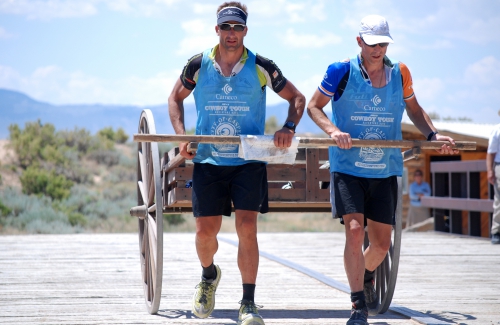
Rope sections (abseil, jumar, zip line, via ferrata, caving etc.) are included in most expedition races, while water sports might also include stand-up-paddling, tubing, pack-rafting or rowing. Orienteering maps/stages are also common on longer races, and so is coasteering and canyoning.
I thought Adventure Racing was Obstacle Course Racing?
No ‘if’s’, no buts’, the answer is NO.
For a while ‘adventure racing’ was used to describe OCR events, but that trend is fortunately falling away now as they have almost nothing in common with AR.
Here’s a neat little video on the subject from 361 Adventures in the USA. https://www.sleepmonsters.com/video.php?article_id=1037
There is still a tendency to call anything competitive and adventurous an ‘adventure race’ as it’s an easy and descriptive title to use and good for marketing. For example, the Red Bull X-Alps (a para-gliding race across the Alps), calls itself ‘The World’s Toughest Adventure Race’.
That one does not fit our definition, nor do many other events using ‘adventure race’ in their title. There is no getting away from the fact the term ‘adventure racing’ has come to be used more widely for all sorts of events. That genie is out of the bottle.
It’s shouldn’t be a surprise as Adventure Racing is so varied that anyone doing anything similar could claim to be adventure racing ... but perhaps our definition can help give the sport a clearer identity.
The other articles in this series are:
Just What Is Adventure Racing? Once You Find Out You'll Be Hooked!
Eight Ways Adventure Racing is Different From (And Better Than) Other Sports






 SleepMonsters
SleepMonsters